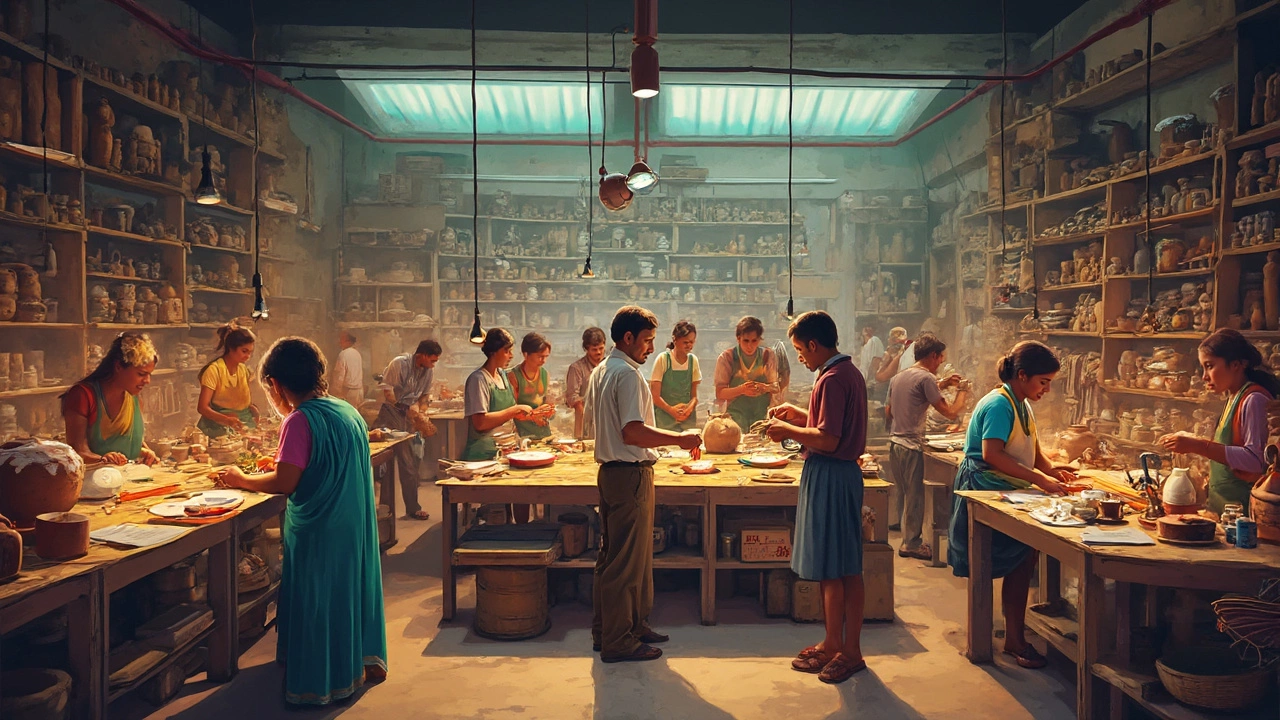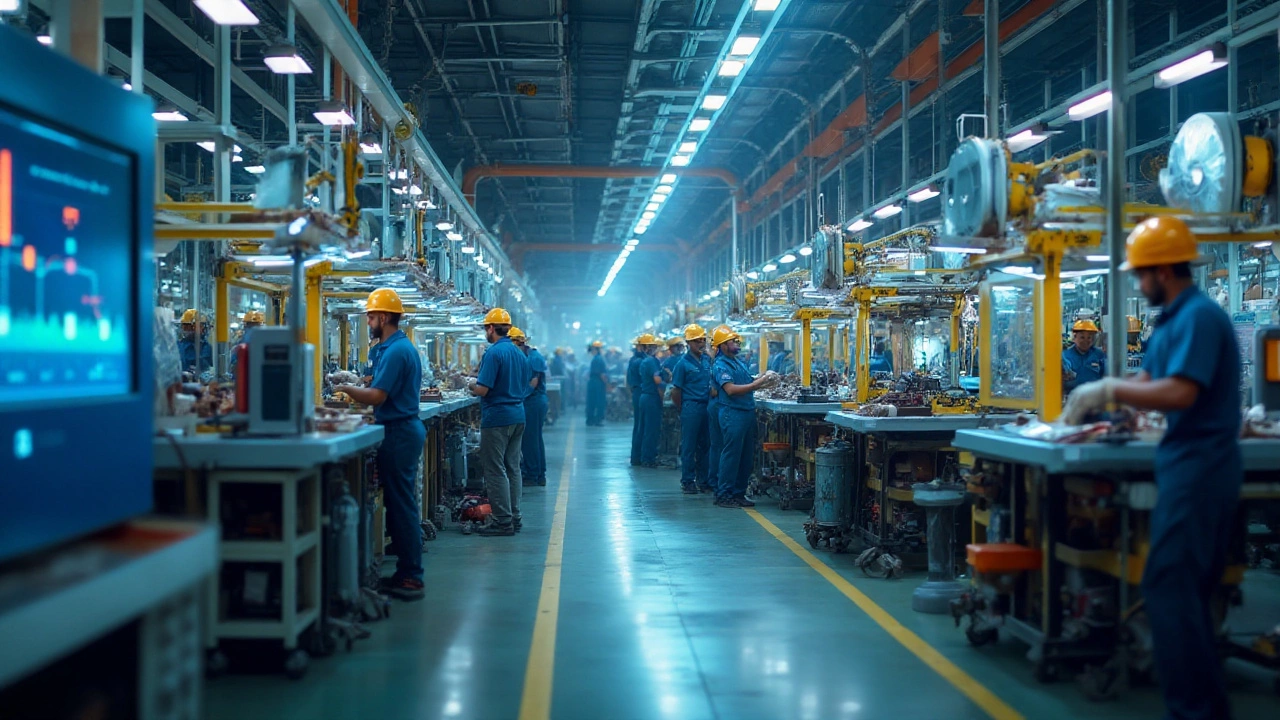Production: Insights, Trends, and Strategies for Indian Manufacturing
When talking about Production, the process of turning raw materials into finished goods that people use every day. Also known as manufacturing, it sits at the heart of every industry, from pharma to furniture. Manufacturing, the broader system that includes design, sourcing, and assembly relies on well‑defined Production methods, the techniques like casting, molding, or additive manufacturing that shape how a product is built. A smooth Supply chain, the network that moves components from suppliers to factories and then to customers is the backbone that keeps production lines humming, while Profitability, the financial health measured by margins and returns on invested capital tells whether the effort translates into real earnings. In short, production encompasses manufacturing processes, requires efficient supply chains, and drives profitability through smart production methods.
Key Aspects Shaping Modern Production
Understanding production means looking at the four pillars that make it work. First, production methods dictate speed, cost, and quality – think of 3D printing that cuts prototyping time or traditional stamping that handles high volumes. Second, a resilient supply chain reduces bottlenecks; real‑time data and regional sourcing have become game‑changers, especially after recent disruptions. Third, the push for product innovation fuels new ideas, such as sustainable packaging or low‑cost medical devices, which directly feed into the production line. Fourth, measuring profitability helps firms decide whether to scale up, automate, or redesign a process. These connections form a loop: better methods improve supply chain efficiency, which lowers costs and boosts profitability, which then funds further innovation. Companies that master this loop—whether they’re making plastic components, steel beams, or electronic gadgets—see faster growth and stronger market positions.
India’s manufacturing landscape reflects all these themes. Start‑ups are hunting for winning product ideas that can be turned into manufacturable goods, while pharma giants like Sun Pharma showcase how high R&D spend translates into profitable production runs. Steel producers such as Gary Works illustrate the scale of industrial output, and furniture makers in China highlight global competition. At the same time, environmental pressure pushes firms to rethink plastic waste and adopt cleaner production methods. Readers will find articles that break down product development checklists, compare pharma rankings, explore the newest chemical manufacturers, and explain why certain regions remain the cheapest places to produce in the US. All these pieces tie back to the central idea of production: how raw inputs become valuable outcomes. Below, you’ll discover a curated collection of posts that dive deeper into each of these topics, offering practical tips, data‑driven insights, and real‑world examples to help you navigate the world of production.

